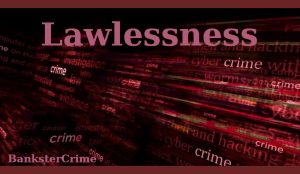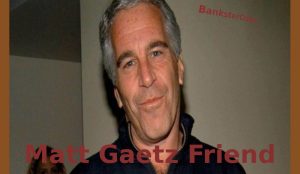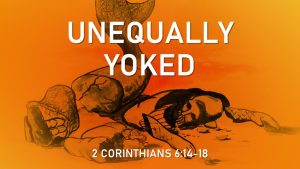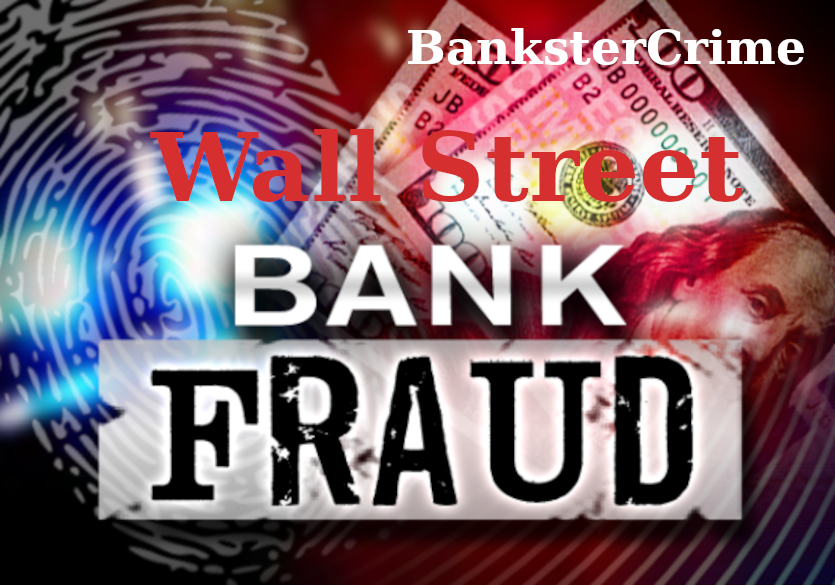
BanksterCrime:
By Pam Martens and Russ Martens: April 3, 2024 ~
Finance Professors John Griffin (left) and Alex Priest
Last August, the Journal of Finance published a study by two finance professors that should have made bold headlines in every major business newspaper in America. It didn’t – suggesting that Americans will eventually learn about Wall Street’s chicanery in commercial real estate the same way they learned about Wall Street’s subprime residential mortgage scams after the 2008 financial collapse: from a movie like The Big Short or Inside Job.
Wall Street On Parade only learned about this paper recently from one of our engaged readers.
The paper was authored by John Griffin, Professor of Finance at McCombs School of Business at the University of Texas, Austin and Alex Priest, Assistant Professor of Finance at the Simon Business School at the University of Rochester.
The paper takes a forensic look – from an exhaustive number of perspectives – at why the income stream on Commercial Mortgage-Backed Securities (CMBS) is being consistently overstated by 5 percent or more when sold to investors by certain originators of these loans.
The largest participants in this overstatement of income are the same Wall Street mega banks that were bailed out by the U.S. taxpayer after they blew up Wall Street in 2008 with their subprime residential mortgage scams and then received trillions of dollars in secret revolving loans from the Fed for more than two years at below-market interest rates in order to resuscitate themselves.
The authors find that more than 40 percent of CMBS loans originated by UBS and Goldman Sachs have income overstatements of more than 5 percent, while between 30 and 40 percent of loans originated by Citigroup, Morgan Stanley, JPMorgan Chase and Bank of America feature such overstatement. (Smaller players are included as well in the study.)
The authors write:
“Underwritten net operating income (NOI) is the most important input for a commercial loan as it largely determines a loan’s debt service coverage ratio (DSCR) and loan-to-value (LTV) ratio. As such, there are rigorous and conservative guidelines for calculating underwritten income. Nevertheless, to sell a loan at a higher valuation and maximize profits, originators have a strong incentive to overstate underwritten income, at the expense of longer-term reputational and monitoring concerns.”
Among the key findings in the study are the following:
Income overstatement above 5% in loans that were not guaranteed by a government sponsored enterprise (GSE) grew from 36 percent in 2013 to 43 percent in 2019;
Loans with income overstatement in the first year continued to exhibit income short-falls in the next four years;
The study found no evidence that end investors are compensated for income overstatement. [Translation, they’re being ripped off in a fashion reminiscent of the 2008 financial crisis.]
Excluding loans that were already in distress at the onset of the COVID-19 pandemic in March 2020, the authors found that “in every vintage from 2014 to 2019, CMBS loans from the worst originators are more than twice as likely to experience distress,” with the correlation occurring across commercial property types.
The most shocking finding for most Americans is likely to be that the much touted “risk retention” rule enacted under the Dodd-Frank financial “reform” legislation of 2010, where the banks had to hold 5 percent of their securitized loans in order to have “skin in the game,” thus ostensibly deterring them from peddling toxic deals to customers with no harm to themselves, has been effectively obliterated. (For how the Dodd-Frank derivatives rule was similarly obliterated, see our report: Meet the Two Congressmen Who Facilitated Today’s Derivatives Nightmare at Wall Street’s Mega Banks.)
Griffin and Priest explain that the rule didn’t even become effective until 2016 and now “risk retention by the originator is rare.” That’s because deal sponsors can get around the rule by selling the risk retention piece to up to two unaffiliated buyers.
A major question left unanswered in the academic study is if Wall Street mega banks are shorting the CMBS market to profit further on their inside information of their income overstatement, as they did on their toxic subprime paper in the lead up to the 2008 financial collapse.
On April 13, 2011, following a two-year investigation, Senators Carl Levin and Tom Coburn, Chairman and Ranking Member of the Senate’s Permanent Subcommittee on Investigations, released a 635-page report on the 2008 financial crisis which included specifics on the fraudulent role that Wall Street mega banks had played in burning down Wall Street and the U.S. economy in the greatest collapse since the Great Depression. The report includes this paragraph on how Goldman Sachs attempted to profit from its own “shitty deals”:
“When Goldman Sachs realized the mortgage market was in decline, it took actions to profit from that decline at the expense of its clients. New documents detail how, in 2007, Goldman’s Structured Products Group twice amassed and profited from large net short positions in mortgage related securities. At the same time the firm was betting against the mortgage market as a whole, Goldman assembled and aggressively marketed to its clients poor quality CDOs that it actively bet against by taking large short positions in those transactions. New documents and information detail how Goldman recommended four CDOs, Hudson, Anderson, Timberwolf, and Abacus, to its clients without fully disclosing key information about those products, Goldman’s own market views, or its adverse economic interests. For example, in Hudson, Goldman told investors that its interests were ‘aligned’ with theirs when, in fact, Goldman held 100% of the short side of the CDO and had adverse interests to the investors, and described Hudson’s assets were ‘sourced from the Street,’ when in fact, Goldman had selected and priced the assets without any third party involvement. New documents also reveal that, at one point in May 2007, Goldman Sachs unsuccessfully tried to execute a ‘short squeeze’ in the mortgage market so that Goldman could scoop up short positions at artificially depressed prices and profit as the mortgage market declined.”
See the video clip below from a related hearing, featuring the late Senator Carl Levin questioning a Goldman Sachs executive, Daniel Sparks.

Give the gift of great skin care. Our Soap and Shave Bars are gentle and produce a smooth creamy lather that is nourishing to your skin. They are handmade in small batches. We use only high-quality natural ingredients that you can pronounce. No chemicals, no sodium laurel sulfate, no phthalates, no parabens, no detergents. The set can include Soap Bar, Shave Bar, Shave Brush, and/or Shampoo Bar. These come in a white box and are perfect for your gift giving needs.
Our soaps are made with skin loving ingredients including olive oil, coconut oil, lard, sweet almond oil, shea butter, and castor oil. We do not use palm oil. Scented only lightly with fragrance oils.
The Shave bars give a very close and smooth shave with no razor burn. They leave your skin feeling amazing. A lather can be built up in your hands and then applied to your face, but it is best to use a shaving brush. These bars will only produce a thick foam when used with a shaving brush.
Our Shampoo Bars have a thick lather. A lather can be built up in your hands and then applied to your hair, but it is best to rub the bar gently in your hair. Rinse and repeat.
You choose a scent:
A Thousand Dreams is a whimsical blue scented in a warm mix of fruity and floral notes with peach, peony, lily, musk, sandalwood, and amber.
Bay Rum Spice is a nice masculine scent similar to Old Spice. The scent notes are clove, pine needles, cedarwood, orange, vanilla, and musk.
Birch Woods is a great outdoors-type scent. The notes are bergamot, patchouli, vetiver, and tonka bean.
Cool Clear Water is a refreshing scent. The notes are crisp water, oakmoss, pine, cedar, and musk.
Lavender Champagne has a wonderful scent of Lavender and Champagne and has a light purple color. The scent notes are lavender, sparkling Champagne, grapefruit, orange, thyme, oak, and amber.
Midnight Waters is a moody-mystical scent that opens with fruity notes of red berries, juicy tangerine, and bergamot. Then unfolds into bubbly Champagne, violet flowers, cashmere, amber, and musk.
Raspberry Vanilla is an all-time favorite fragrance for soap. It is a beautiful magenta color. The scent notes are raspberry, strawberry, lemon, coconut, peach, honeysuckle, plum, and vanilla.
Warm Sandalwood is a warm, rich, and woodsy scent. The colors are warm and rich with brown, gold, and white.
A Soap bar will weigh approximately 4 ounces and be approximately 2.25 inches wide by 3.5 inches tall and 1 inch thick. A Shave bar will weigh approximately 3 ounces and be approximately 2.5 inches across and 1.25 inches thick. A Shampoo Bar will weigh approximately 3.5 ounces and be approximately 2.5 inches across and 1.25 inches thick. Please keep in mind that our products are handmade and hand cut. Each bar is unique and might vary slightly in shape, size, design, and color from those pictured.
Please keep your Soap Bars, Shave Bars, and Shampoo Bars well-drained and allow to dry between uses. This will ensure longer lasting bars.
Allergen: Our products contain oil from tree nuts. Please test on a small area of skin prior to use and stop using if irritation occurs. Do not use if you are pregnant. Do not use on infants under the age of 24 months. Do not get in your eyes as it will sting slightly. GoShopping
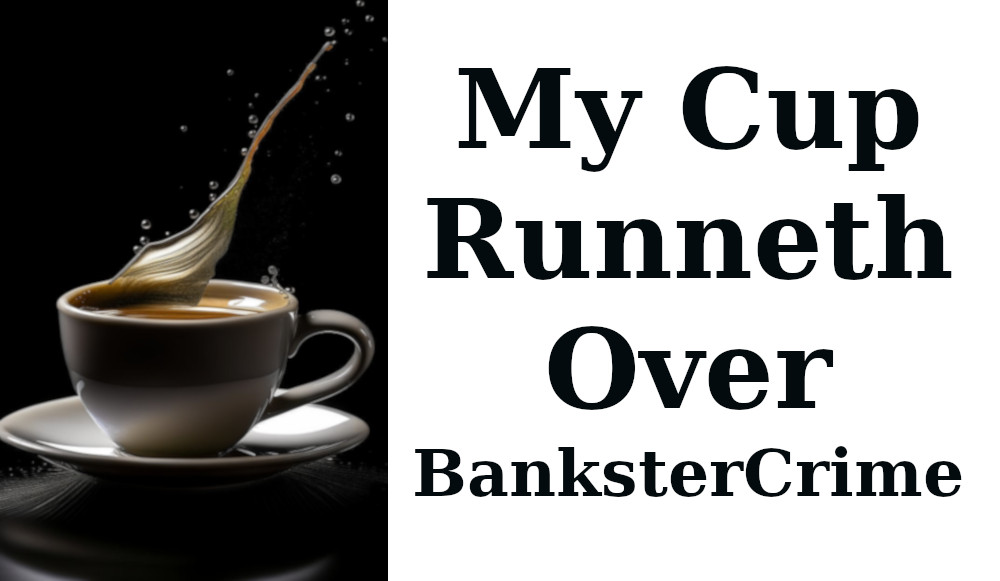
![]()



